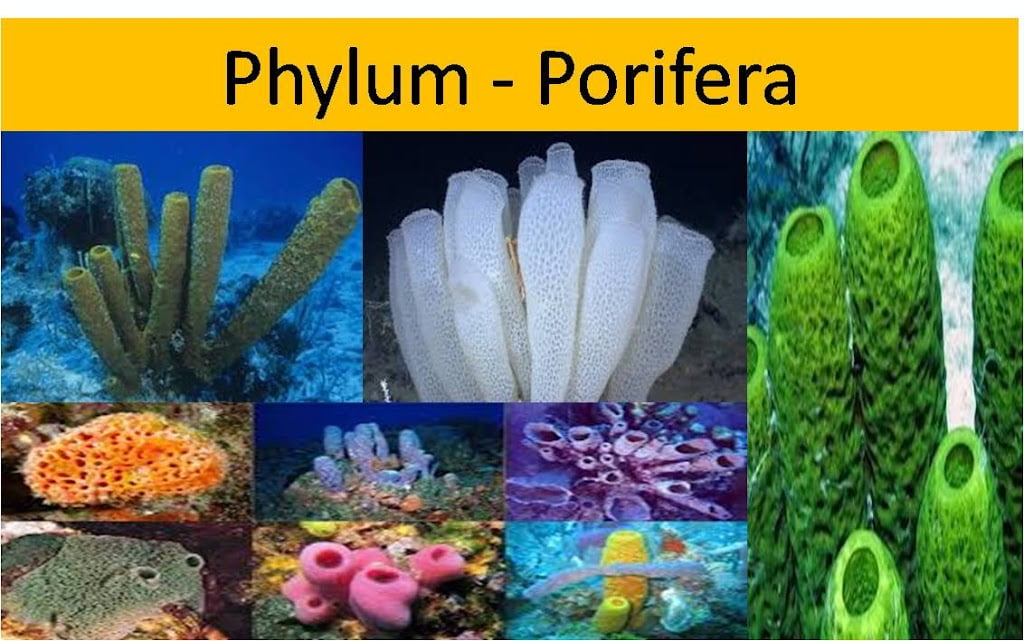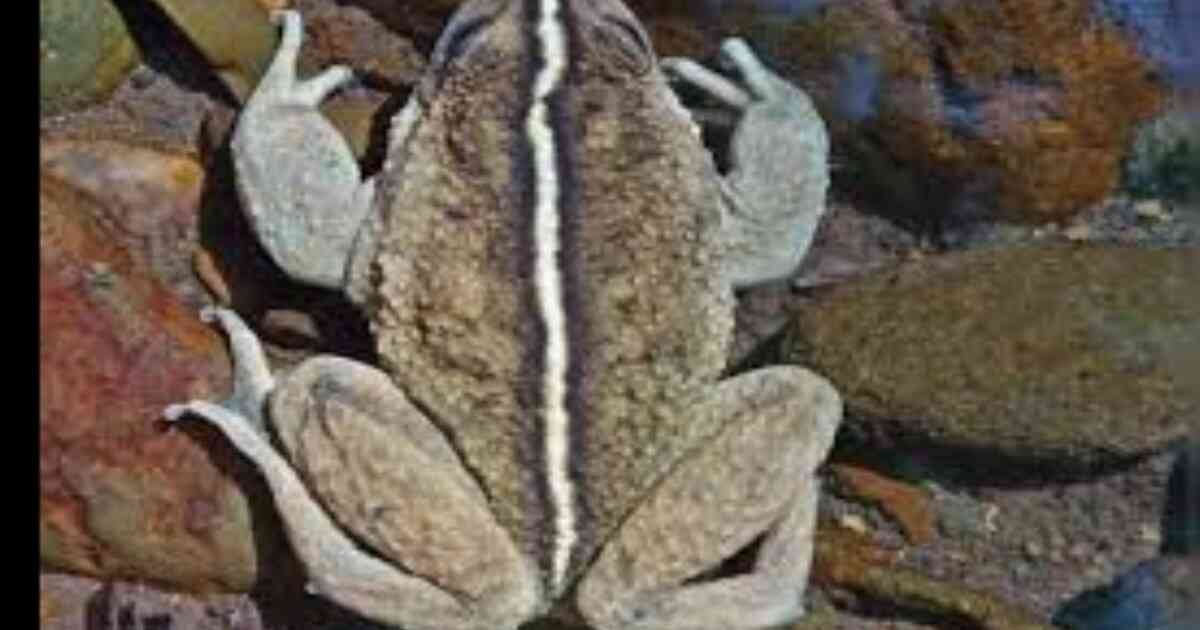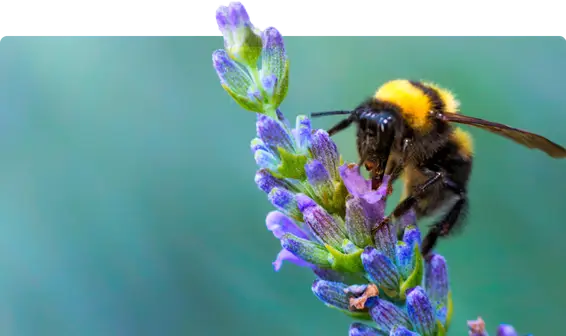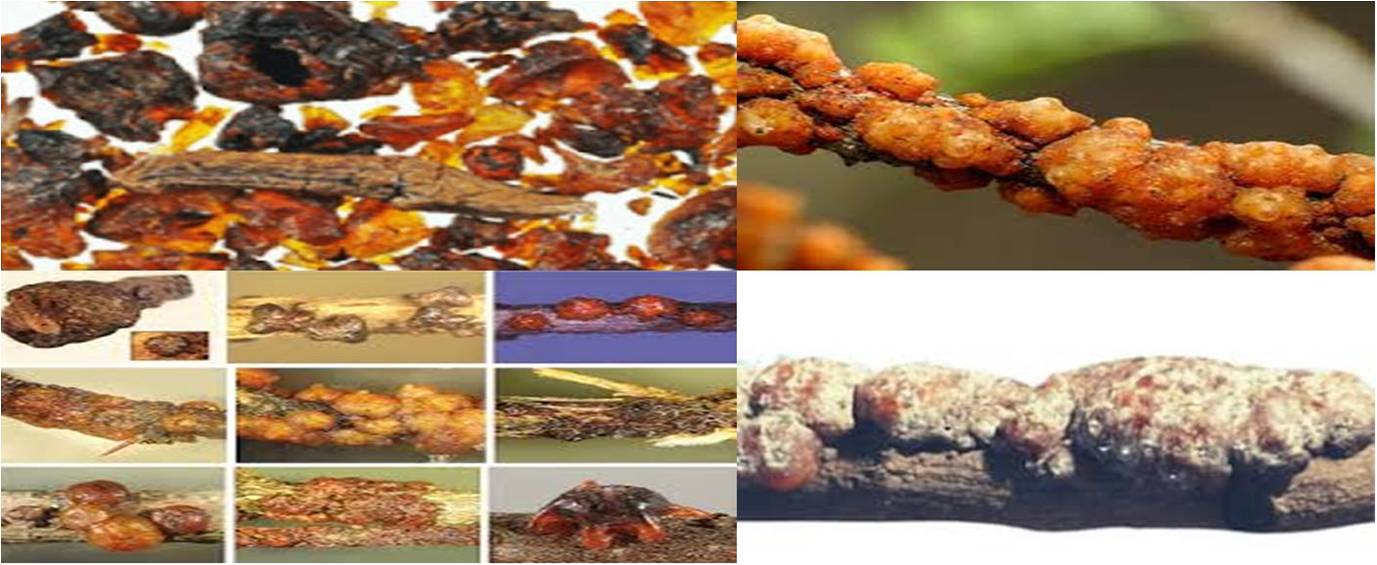Morphology and Anatomy of Honey Bees: The different body parts of honey bees and their modifications as per their food habit and social life. Like any insect, body of honey bee can be distinguished in to three parts:
Morphology and Anatomy of Honey Bees
Honey bees have three body segments: head, thorax, and abdomen. Each segment has specialized features that help the bee to survive and thrive.
Head
Bears a pair of geniculate antennae
Two compound eyes on lateral side of head. Bees can distinguish different colours but are red blind and can perceive ultraviolet rays
Head bears 3 ocelli (simple eyes) on top portion which perceive degree of light
Two mandibles are attached to ventro-lateral part of head capsule.
Mandibles differ in shape in three castes. Workers use mandibles for grasping and scrapping pollen from anthers, feeding of pollen and in manipulation of wax scales during comb building
Mouth parts of worker bees are modified for sucking and lapping.
Tongue or proboscis (formed by medium labium and two lateral maxillae) is used for ingesting liquids. Labium has long median glossa and spoon shaped lobe (flabellum) at the end
Inside the head there are long coiled strings of small lobes known as hypopharyngeal glands which secrete glandular food known as royal jelly that is fed to queen and young larvae.
 |
| Head |
Thorax
Consists of three segments: prothorax , mesothorax and metathorax, each bears a pair of legs. Meso and metathorax, each bears a pair of wings. Legs and wings are locomotory organs. In addition to locomotion legs in honey bees are also modified to perform following functions:
Prothoracic legs serve as antenna cleaner. Basal part of basitarsus has a notch and a small lobe projects from distal end of tibia (tibial spur). It is found in all the three castes.
On mesothoracic legs, bushy tarsi serve as brushes for cleaning of thorax. Long spine at end of middle tibia is used for loosening pellets of pollen from pollen basket of hind leg and also for cleaning wings and spiracles. Wax scales are also removed from wax pockets of abdomen by these legs. ‘Morphology and Anatomy of Honey Bees’
Hind or metathoracic legs differ from other legs in being larger in size and with broad flattened form of tibia and basitarsus. In worker bees, smooth somewhat concave outer surface of hind tibia is fringed with long curved hairs and forms pollen basket or corbicula.
Two pairs of wings arise from sides of meso and metathorax. Fore wings are stronger than hind wings. Series of upturned hooks (hamuli) are present on front margin of each hind wing. Decurved fold on rear margin of fore wing works as coupling apparatus for holding hamuli and this result in unity of action of the wings in flight.
Abdomen
First abdominal segment is united with the metathorax and forms anatomically a part of thorax known as propodeum ‘Morphology and Anatomy of Honey Bees’
Bee larva has 10 abdominal segments but in adult workers abdomen appears 6 segmented; segments 8-10 are reduced in size and first segment (propodeum) is transferred to thorax during pupal stage
Abdomen bears sting, wax glands (on sternites 4 to 7) and scent glands (on last two terga) and genitalia in addition to other viscera
In workers egg laying apparatus (ovipositor) is modified into sting
Queen uses ovipositor for egg laying and for stinging rival queen.
 |
| Abdomen |
Morphology and Anatomy of Honey Bees -Important anatomical features:
Digestive system is unique in having oesophagus with expanded honey stomach which stores the collected nectar. ‘Morphology and Anatomy of Honey Bees’
From honey stomach food goes to ventriculus through X shaped opening known as proventriculus, regulating passage of food to ventriculus. It removes pollen from nectar and nectar is retained in honey sac and pollen passes to ventriculus. Nectar is regurgitated in the comb cells for conversion into honey
Reproductive organs are fully developed in queen and drone but greatly reduced in worker.
Sperms are stored in the queen in a sac like structure known as spermatheca. The stored sperms are utilized by queen throughout her life time as she does not go for mating once starts egg laying.








